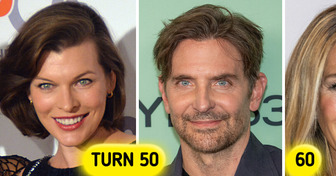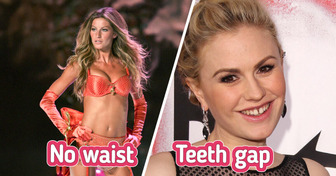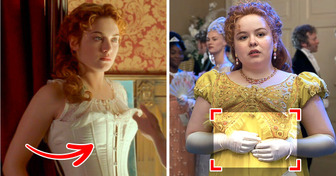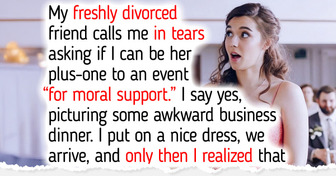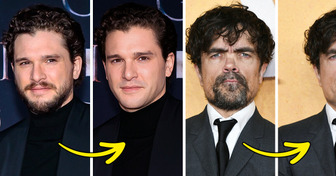8 Things That Used to Be Inappropriate but Are Now Totally Normal

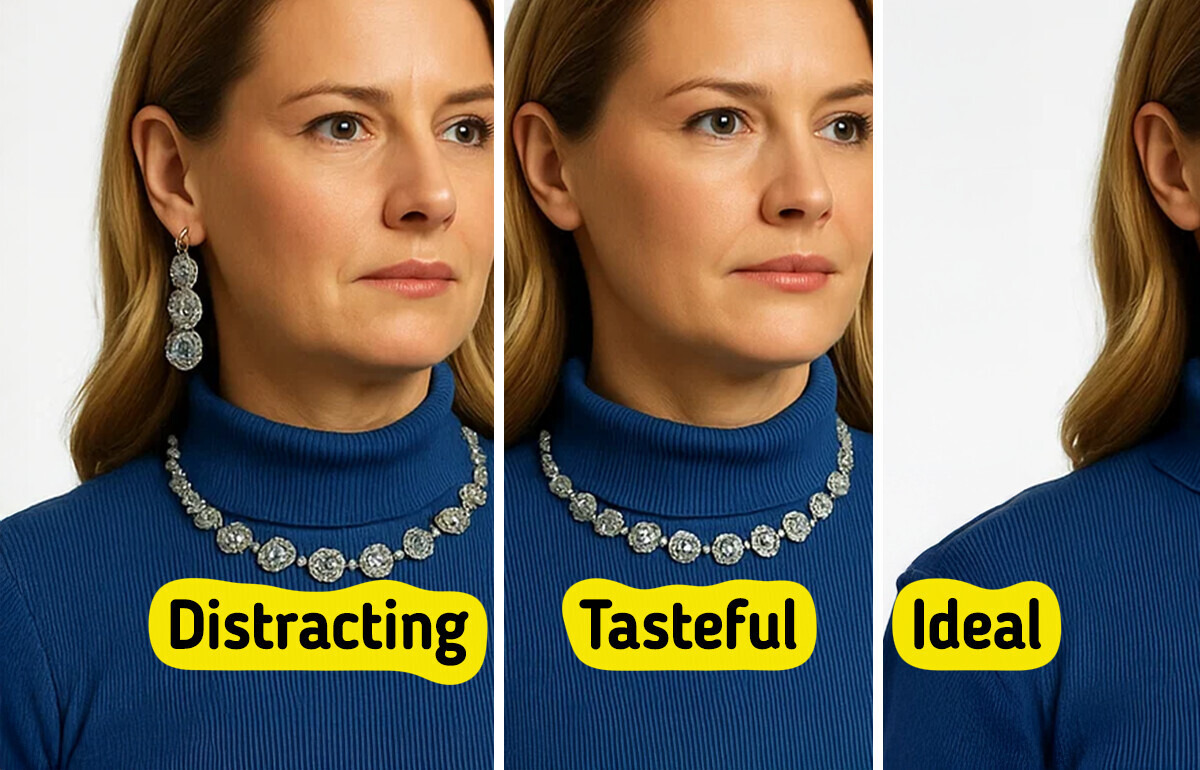
Style transcends aesthetics. What we wear reflects our mood, our values, and our personality. A sharply tailored suit can project authority and assurance, while a soft, oversized sweater conveys ease and warmth. Every outfit we choose speaks on our behalf long before we utter a word.
So what transforms an outfit from ordinary to unforgettable? Below are key principles to help you refine your style and make a lasting impression.
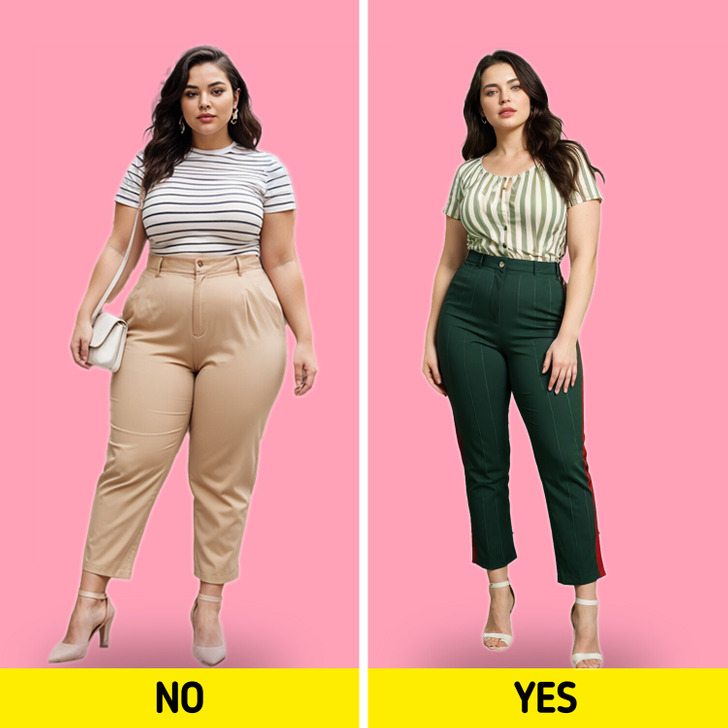
Women with shorter legs can easily create the illusion of added length with a few strategic style choices. High-waisted pants, skirts, and dresses help elevate the waistline, making legs appear longer. Choose vertical stripes to draw the eye upward and steer clear of horizontal patterns that can visually cut the body. For an extra boost, nude-colored shoes—especially those that match your skin tone—can seamlessly extend the line of your legs.
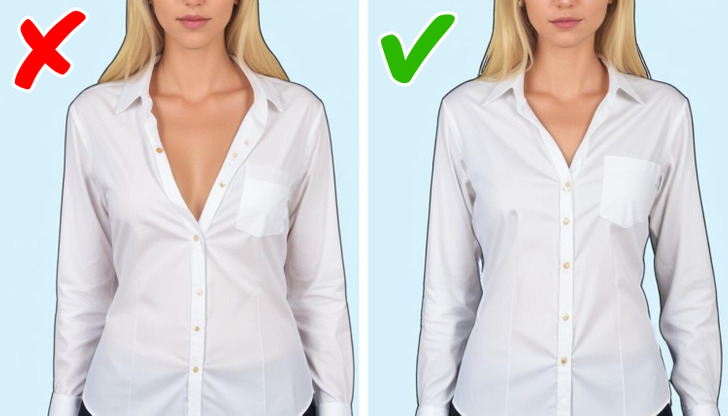
When wearing a blouse, it’s best to unbutton no more than two buttons. Anything beyond that may appear inappropriate, particularly in professional settings. Additionally, office shirts should maintain a neckline no lower than four inches from the collarbone to preserve both sophistication and professionalism.
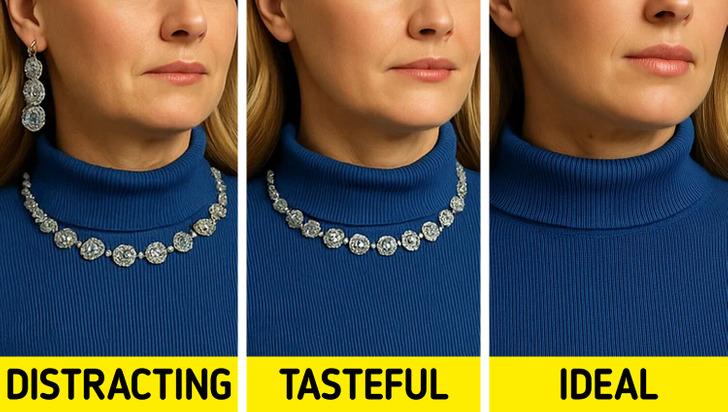
Accessories can enhance an outfit, but must be chosen wisely. Pair earrings with bracelets and necklaces with rings for cohesive symmetry. However, avoid overloading—three to four pieces are the maximum for a refined look.
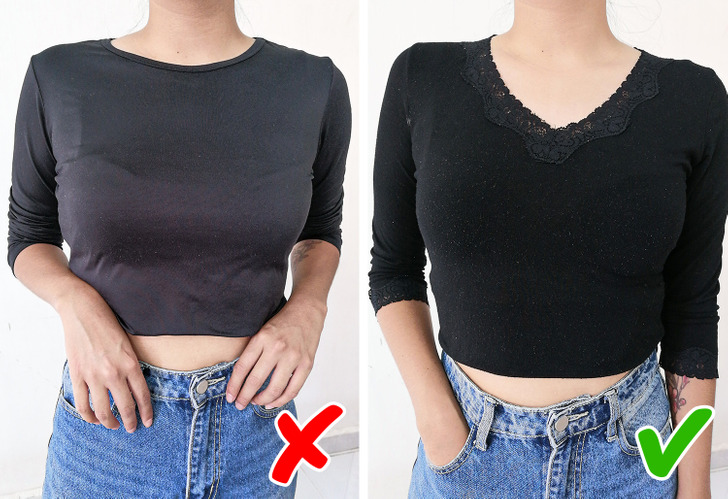
The V-neckline is universally flattering, as it visually reduces chest volume and highlights the natural contours of the bust—depending on how deep the neckline is. It also creates the illusion of a longer neck and can soften the appearance of broad shoulders.
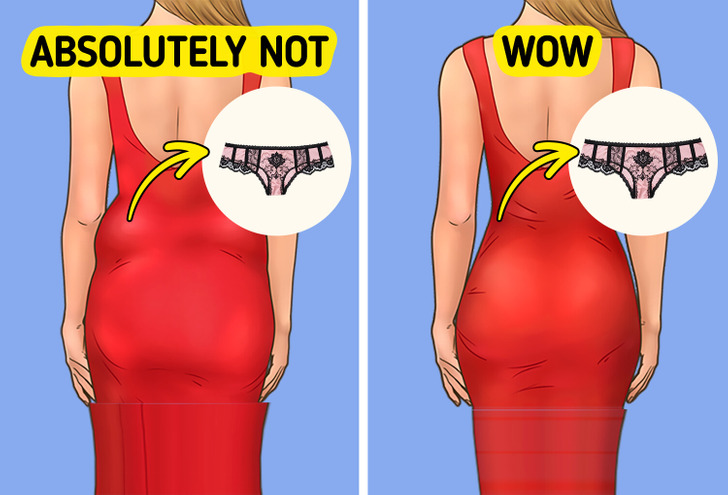
Wearing properly sized underwear is key to both comfort and a flattering silhouette. Undergarments that are too tight can cause unwanted bulges—such as a muffin top—that disrupt the look of your outfit. To prevent this, don’t hesitate to size up for a fit that better complements your body and keeps you comfortable all day long.
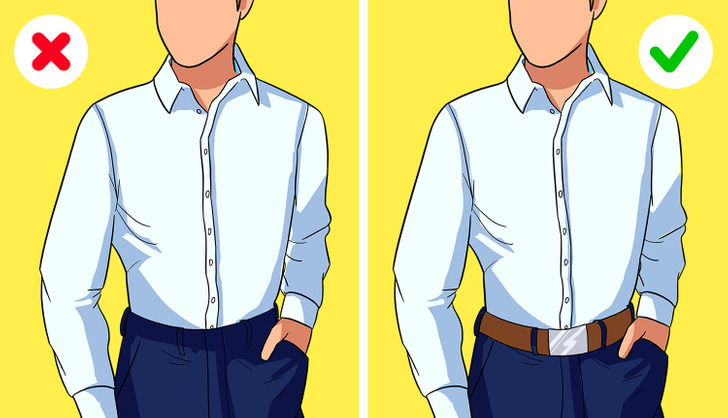
Tucking in your shirt signals a polished and intentional style, whether for formal occasions or a smart-casual outfit. To complete this look, wearing a belt is a must.
A belt serves practical purposes by keeping your pants securely in place, ensuring comfort, and preventing any wardrobe mishaps. Aesthetically, it adds a touch of refinement, creating a clean, tailored silhouette that elevates your overall appearance.
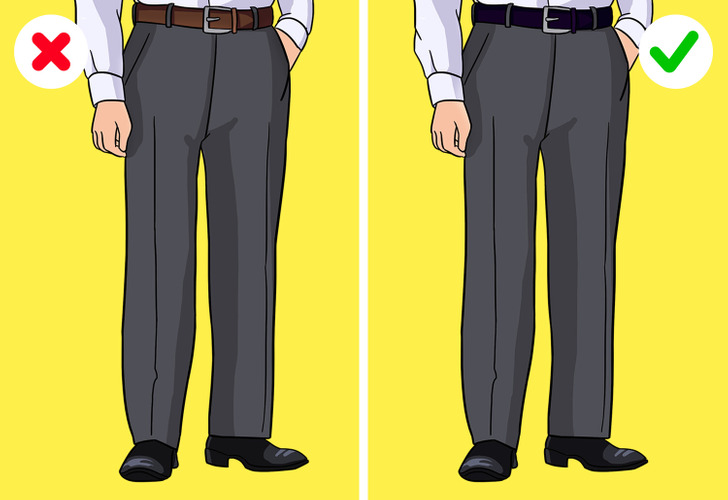
Color coordination is key to creating a cohesive and refined outfit. A classic rule to follow is ensuring your belt matches the color of your shoes. This timeless guideline enhances visual harmony, linking your upper and lower attire seamlessly while highlighting your attention to detail and sense of style.
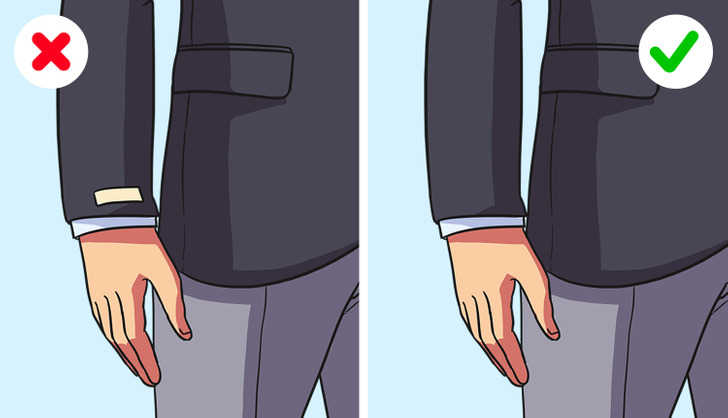
Cutting off visible tags from your clothes is a small yet impactful detail that enhances your overall appearance. Tags, often displaying size or care instructions, can disrupt the clean lines of your outfit. By removing them, you create a more polished and streamlined look.
In addition to aesthetics, removing tags also offers practical benefits. It eliminates the discomfort of scratchy labels that can irritate your skin, especially in garments worn close to the body, like underwear or activewear. This simple step not only improves your visual presentation but also ensures greater comfort throughout the day.
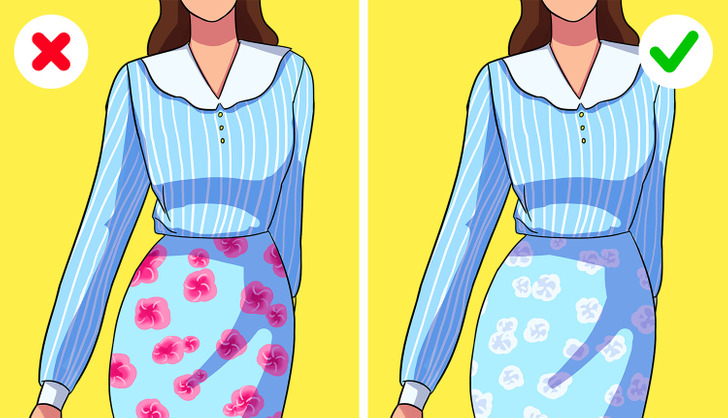
When incorporating prints into your outfit, it’s important to maintain balance. Avoid wearing too many prints at once. Instead, opt for two prints that share the same color or two complementary prints in varying sizes. This approach allows you to experiment with patterns while keeping your look cohesive and stylish. Matching prints in the same color creates an elegant contrast, while different-sized prints in coordinating colors offer a balanced, harmonious appearance. Following this guideline ensures that you can confidently wear prints without overwhelming your outfit.
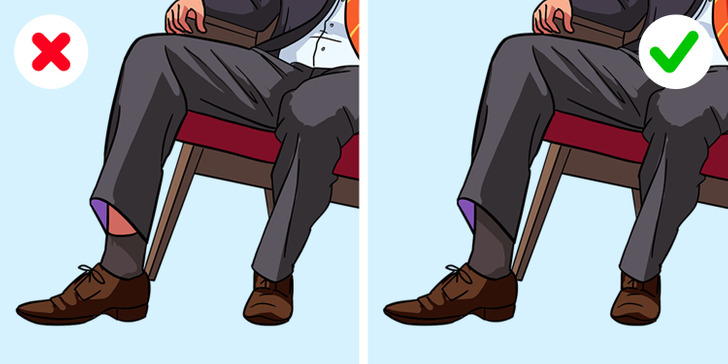
A well-balanced look can be achieved by dividing your figure into three sections. Ideally, the upper portion should make up one-third of your body’s length, while the remaining two-thirds are occupied by your trousers or skirt. This proportion enhances overall symmetry and complements your natural shape.
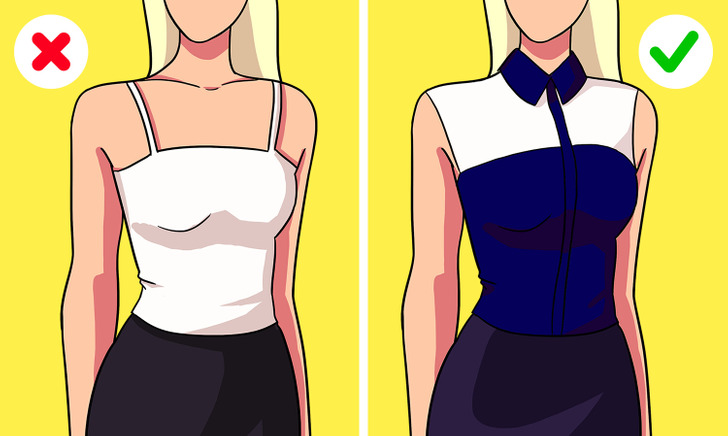
In professional office settings, adhering to a certain level of modesty and formality in attire is essential. When it comes to blouses without sleeves, a key guideline is that they should cover your shoulders. Exposing “spaghetti” straps or going strapless is generally not considered appropriate in formal situations. This rule ensures that your attire aligns with the expected standards of professionalism, emphasizing the importance of maintaining a tasteful and respectful appearance in the workplace.
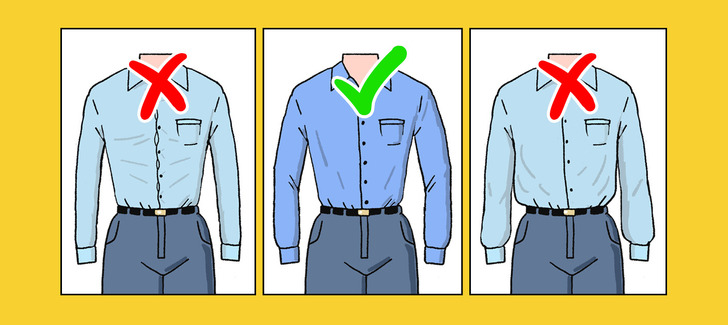
A well-fitting shirt will make you feel confident and comfortable, while a poorly fitting one can make you feel self-conscious and uncomfortable. The key is to find a shirt that is neither too tight nor too loose. A good rule of thumb is to choose a shirt that is snug but not constricting, with a comfortable amount of room in the shoulders and chest. You should be able to move freely in your shirt without feeling like it’s pulling or bunching up. If you’re unsure about what size to choose, it’s always best to err on the side of caution and go up a size. You can always have a shirt tailored to fit you perfectly if you need to.
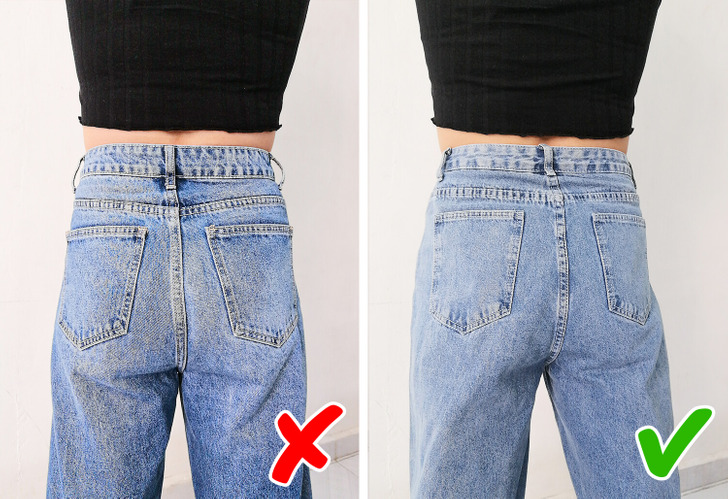
When shopping for jeans, one often-overlooked detail is pocket placement—and it can make a big difference in how your body looks. Pay close attention to where the back pockets sit in relation to the center seam. Pockets that are spaced too far apart can make your glutes appear wider, while those that are smaller, higher, and closer to the seam tend to create the illusion of a rounder, fuller shape.
You’ve seen how easy it is to turn heads with everyday style, but can celebrities always pull off runway fashion? Discover surprising transformations in our next piece.

